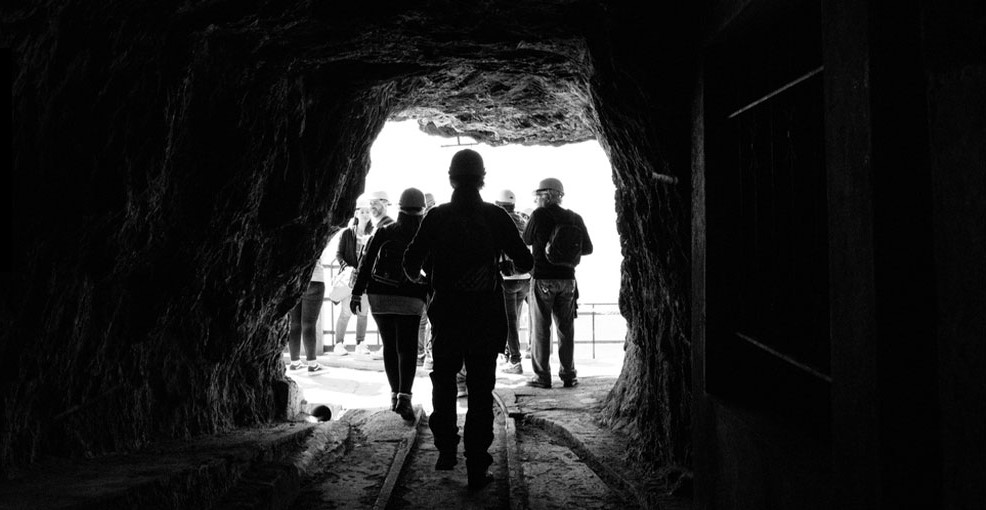Mining has been one of Australia’s most profitable industries in 2022-23. Iron ore and coal mining, oil and gas extraction collectively account for $170 billion in total profits, notching three of the top 10 positions in the national list.
But managing the risks involving people is one of the key concerns for businesses in this sector. Safe Work Australia says the industry has significantly improved workplace health and safety over the past decade, but there’s still more to do.
The most recent figures available show the mining sector directly employed 189,000 people at the end of June 2021, says the Australian Bureau of Statistics. And Western Australia accounts for 144,029 of that, a tripling of its mining workforce since 1997-98. According to IBISWorld, Australia has almost 9,000 businesses involved in mining, which currently employ about 200,000.
WA introduced tough workplace laws last year as part of regulators’ national trend to become more proactive about risk management. They include a maximum fine of up to $5 million and up to 20 years prison for companies responsible for industrial manslaughter.
Add to that, the push for mining to be a critical part of our nation hitting net-zero carbon emissions by 2050. Australian banks are also looking to shift their exposure to mining and other industries affected by climate risk.
Understanding Mining Risks in Australia
As well as the risks above, Safe Work Australia and other sources list these risks for mining businesses:
- Body stressing, such as through manual handling and musculoskeletal disorders
- Slips, trips and falls
- Being hit by machinery or moving objects
- Working with high-risk plant
- Sexual harassment
- The possibility of more mergers and acquisitions.
A Queensland study into fatigue management in that state’s mining industry found one in 40 reported notifiable incidents involved fatigue, but that this was only the tip of the iceberg. The highest risk was with heavy vehicle drivers on surface mines. The report recommended employers use more fatigue-detection technology, and consider mental health outcomes when looking to reduce their fatigue risks.
However, technology can lead to other risks, such as cyber attacks. Mining operations are increasingly connected to cloud-based systems and the internet, says law firm MinterEllison. It advises integrating your cyber risk management into your overall risk management framework.
Strategies to Manage Risks in Mining
In NSW, the Resources Regulator updated its mining workplace safety regulation last September. It spells out that the person controlling a mine site must employ these risk management strategies:
- Comply with workplace health and safety laws
- Identify reasonably foreseeable hazards that could lead to health and safety risks
- Ensure that a competent person assesses the risks
- Eliminates those risks as reasonably practicable
- If risks can’t be eliminated, minimise them by using the hierarchy of control measures, such as this template offers
- Maintain control measures
- Review those measures.
A WA government report addressing sexual harassment in the fly-in-fly-out industry recommends mining businesses improve safety measures, such as lighting, locks, CCTV and public-area layouts in accommodation. The Enough is Enough report also called for experts to run accredited training for staff as well as extra instruction for those who formally respond to reports of sexual harassment.
Whether or not those issues arise in your workplace, it makes sense to focus on building and maintaining strong work culture. Ensure your business has appropriate policies and procedures to embrace diversity and inclusion. Monitor your longer-term risks by seeking expert advice for your strategic planning.

